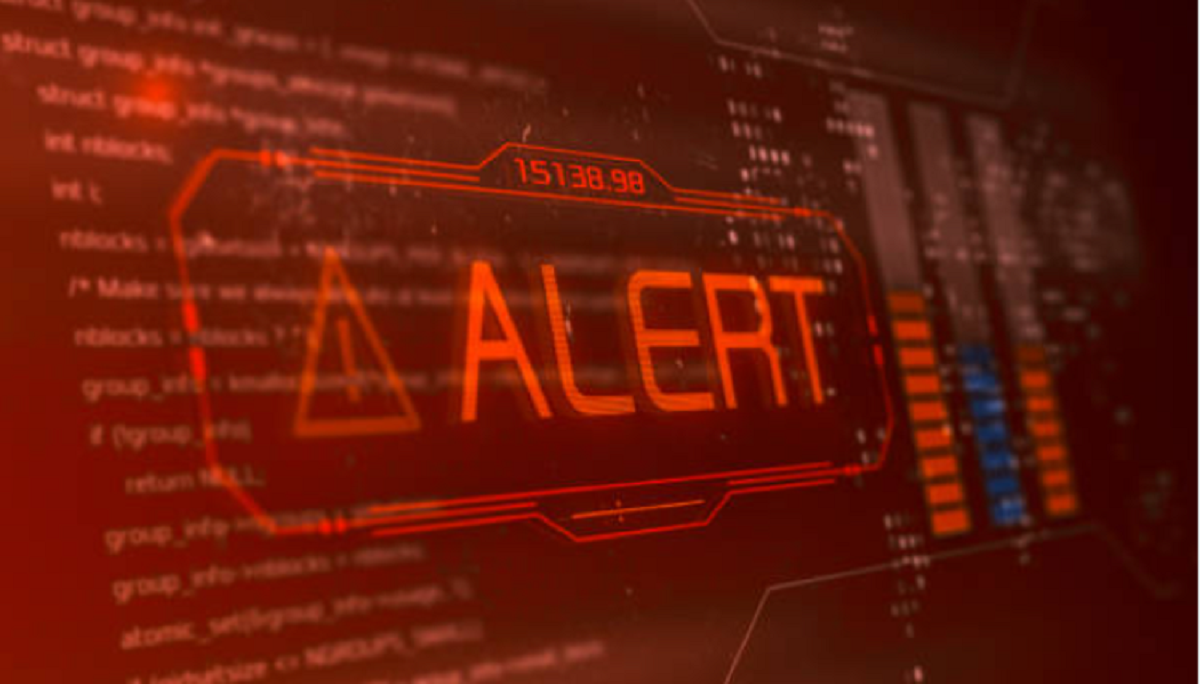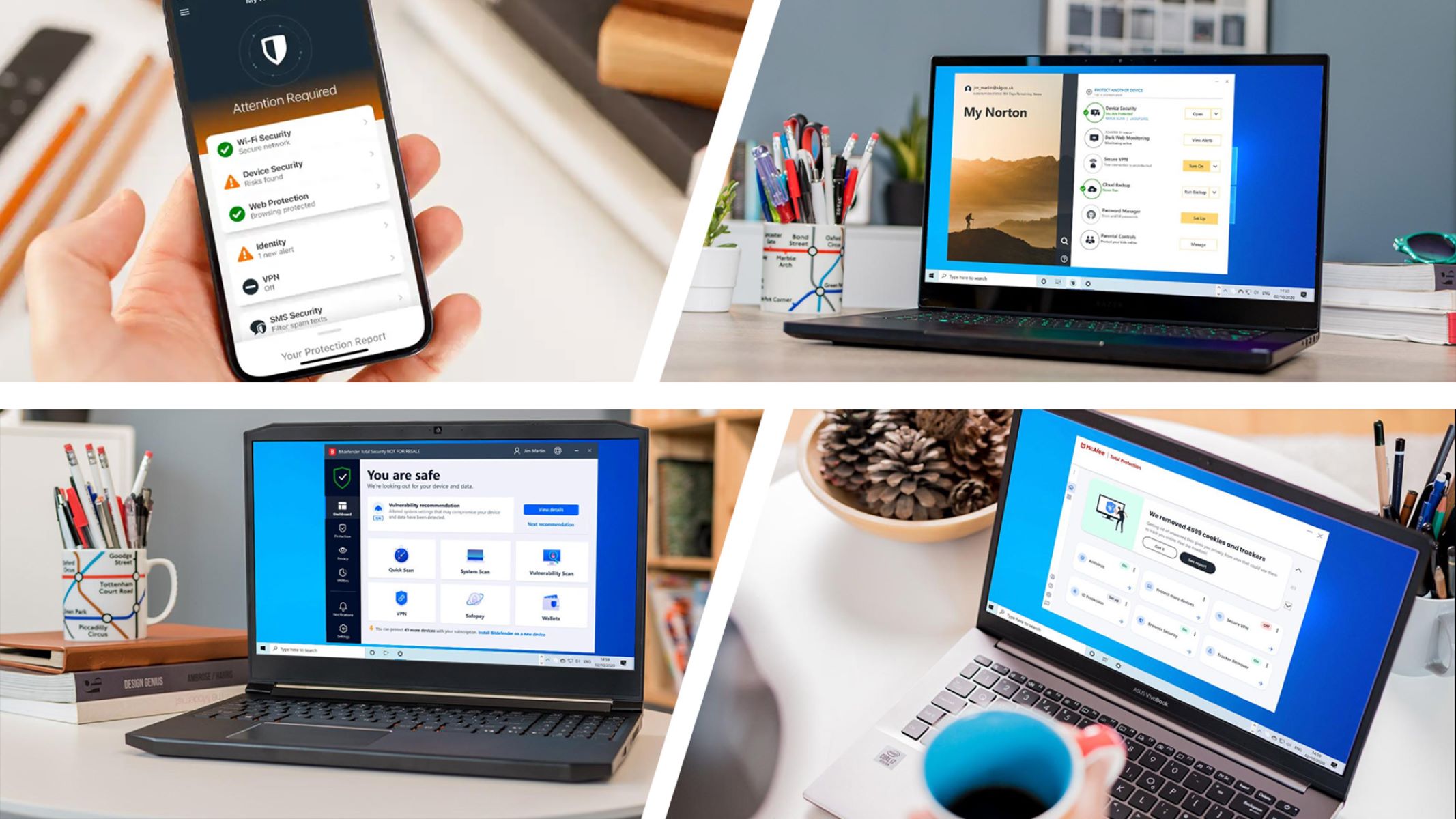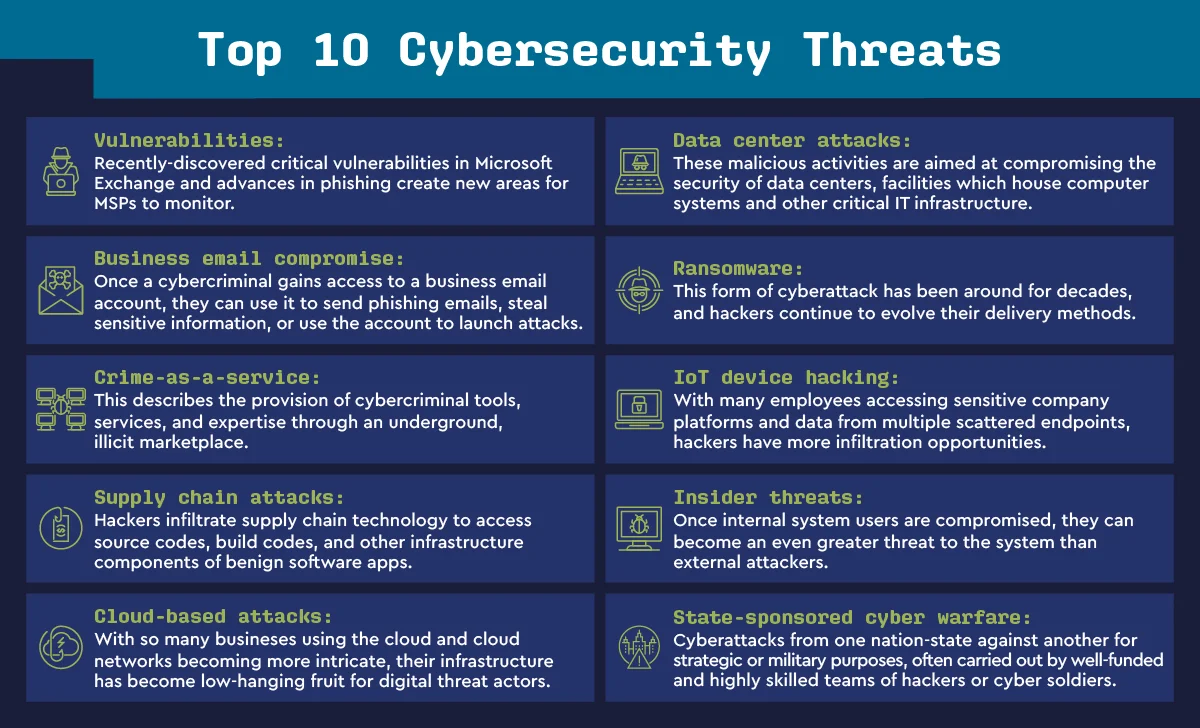Security experts are sounding the alarm on a critical vulnerability in ConnectWise ScreenConnect, a widely used remote access tool, cautioning that it is “trivial and embarrassingly easy” to exploit. The flaw, which is currently being actively exploited by malicious hackers, poses a significant risk to users of the software.
Key Takeaway
The high-risk vulnerability in ConnectWise ScreenConnect is actively being exploited by threat actors, posing a serious risk to users. Security experts have emphasized the ease with which the flaw can be exploited, urging immediate action to mitigate potential impact.
High-Risk Vulnerability in ConnectWise ScreenConnect
The vulnerability in ConnectWise ScreenConnect, previously known as ConnectWise Control, has been classified as maximum severity-rated. This popular remote access software is extensively utilized by managed IT providers and technicians to deliver real-time remote technical support on customer systems.
The flaw is identified as an authentication bypass vulnerability, potentially enabling attackers to remotely pilfer sensitive data from vulnerable servers or execute malicious code, such as malware. ConnectWise was first notified of the vulnerability on February 13, and subsequently released details of the bug in a security advisory on February 19.
Confirmation of Active Exploitation
ConnectWise initially stated that there was no evidence of public exploitation. However, in a recent update, the company confirmed that it has received reports of compromised accounts, prompting its incident response team to conduct investigations. ConnectWise also disclosed three IP addresses that were recently utilized by threat actors.
When questioned about the extent of the impact on customers, a ConnectWise spokesperson declined to provide specific numbers but mentioned that the majority of customer environments, approximately 80%, are cloud-based and have been automatically patched within 48 hours.
Response and Recommendations
ConnectWise has released a patch to address the actively exploited vulnerability and is urging on-premise ScreenConnect users to apply the fix immediately. Additionally, the company has issued a fix for a separate vulnerability affecting its remote desktop software. While there is no evidence of exploitation of the latter flaw, users are advised to apply the fix as a precautionary measure.
It is crucial for users of ConnectWise ScreenConnect to take prompt action to safeguard their systems and data. The severity of the vulnerability, coupled with the active exploitation by threat actors, underscores the urgency of applying the available patches and following the recommended security measures.
Widespread Impact and Implications
The widespread use of ConnectWise ScreenConnect heightens the potential impact of this vulnerability, with cybersecurity company Huntress reporting visibility into over 1,600 vulnerable servers. The company’s CEO expressed concern over the significant number of servers that remain vulnerable to exploitation, emphasizing the potential for widespread ramifications, including the threat of ransomware attacks.
Furthermore, the U.S. government agencies CISA and the National Security Agency have previously warned of a “widespread cyber campaign” involving the malicious use of legitimate remote monitoring and management (RMM) software, including ConnectWise SecureConnect, to target federal civilian executive branch agencies. This underscores the broader implications of the vulnerability and the need for heightened vigilance.
As the situation continues to evolve, it is essential for organizations and individuals using ConnectWise ScreenConnect to stay informed about the latest developments and take proactive steps to secure their systems.
For those impacted by the ConnectWise vulnerability, it is advisable to seek guidance from trusted sources and promptly implement the necessary security measures to mitigate the potential risks.

























